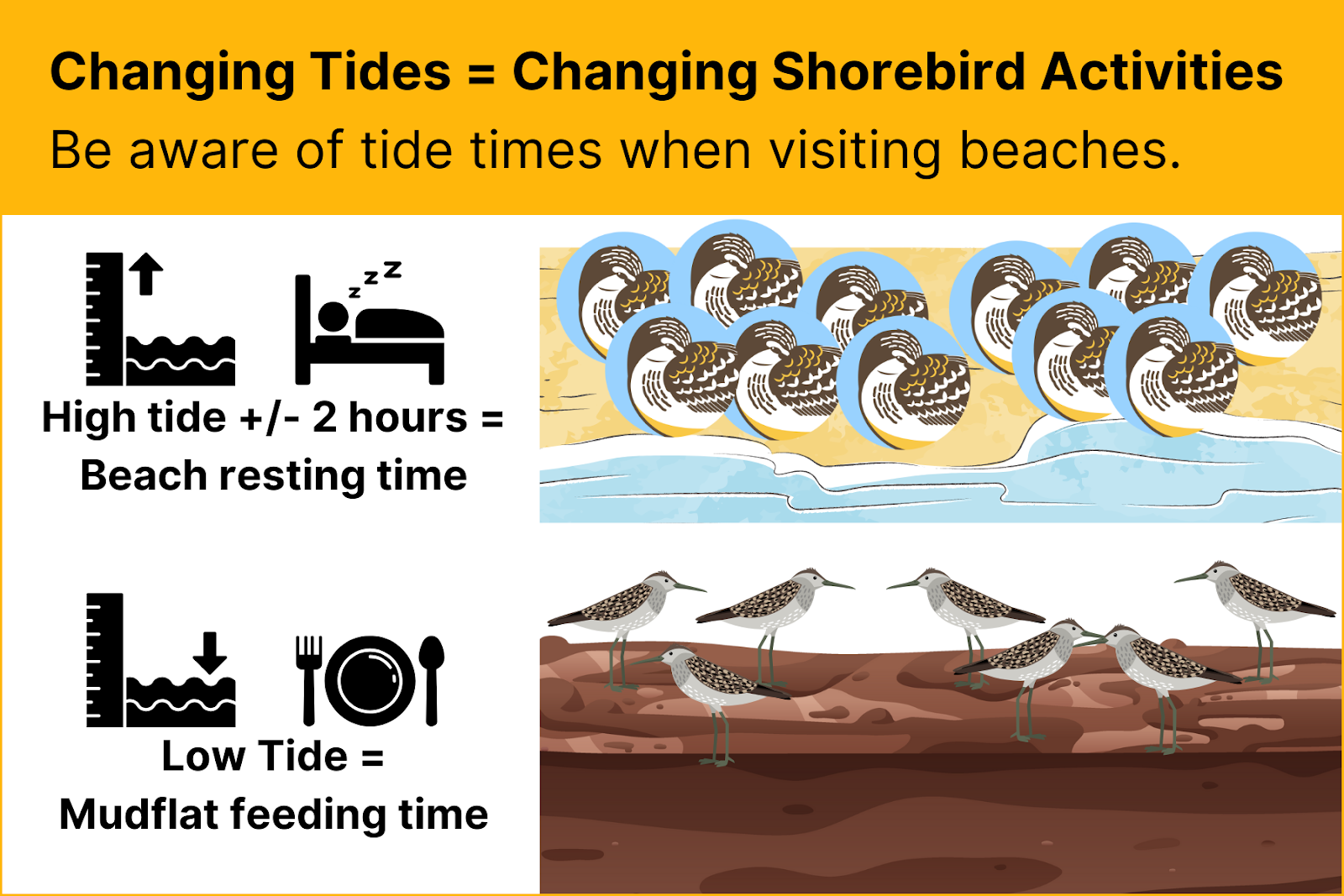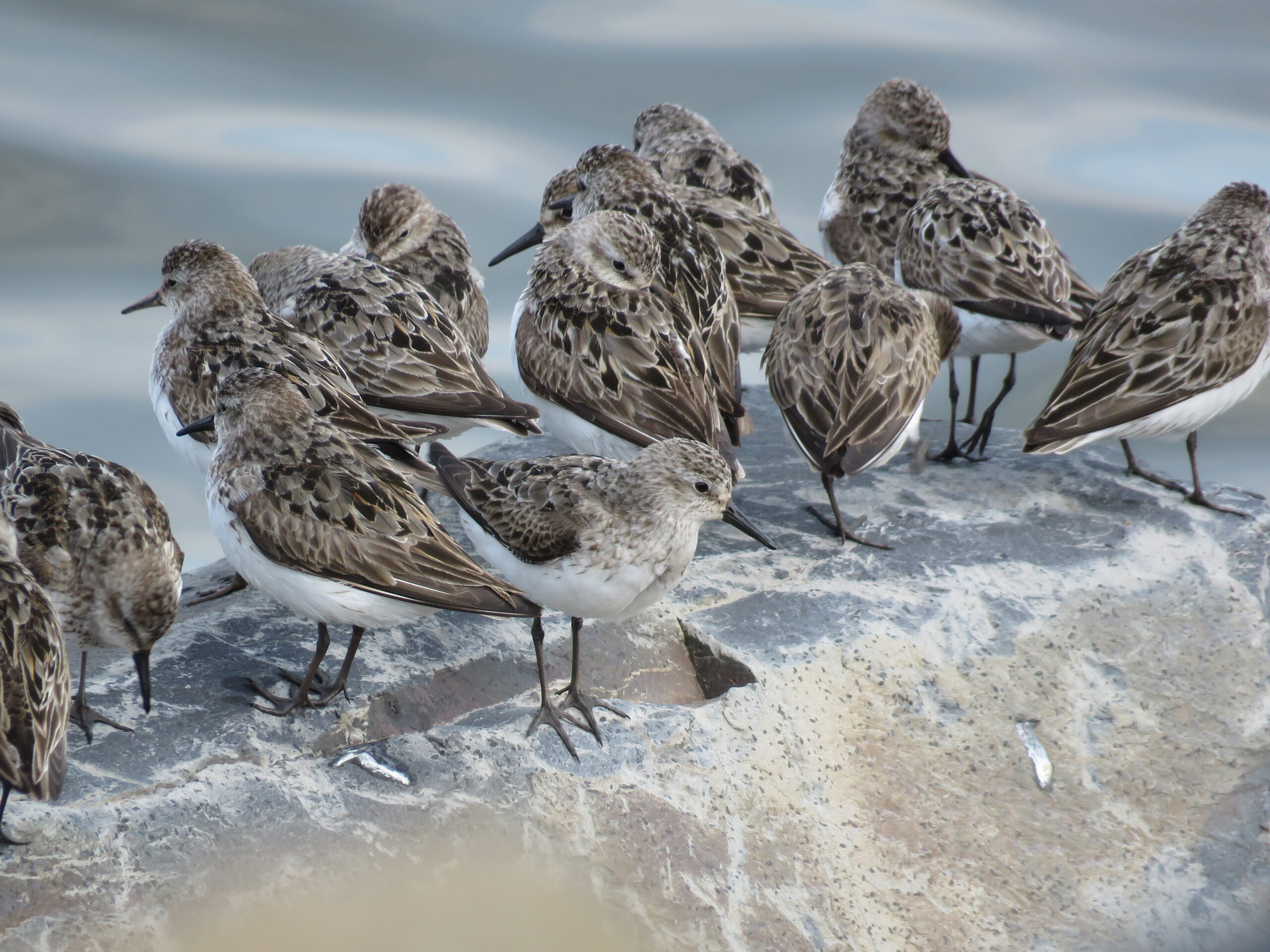Space to Roost
Home to some of the largest shorebird flocks in Canada, the Bay of Fundy is a renowned fall migration stopover site for Semipalmated Sandpipers. The Space to Roost program uses stewardship strategies to provide safe beaches for shorebirds to rest during peak migration in August. While here, these sparrow-sized sandpipers must double their weight before launching a 3-day, non-stop flight across the Atlantic Ocean to South America. Too much disturbance means too little rest and loss of critical fuel reserves needed to survive. Learn how you can take action to support resting flocks at important shorebird beaches.
How You Can Help
From mid-July to mid-September, migrating shorebirds need calm beaches with as little disturbance as possible to help them build fuel reserves for their epic flight to South America. Shorebirds are most sensitive to disturbance from 2 hours before to 2 hours after high tide while they rest, or “roost” on the beach.
- Be aware of tide times when visiting beaches. For sites within or near the Minas Basin, Bay of Fundy refer to Burntcoat Head (00270).
- Stay about 2 school bus lengths (25 m) away from resting flocks.
- Keep dogs on leash.
- Avoid maintenance activities, like mowing dykes, when shorebirds are present.
- Avoid loud noises, like fireworks and beach parties, during shorebird resting time.
- Photographers should use a telephoto lens to avoid disturbing flocks.


ABOUT THE SPECIES
Semipalmated Sandpipers (Calidris pusilla) are small migratory shorebirds with a mottled grey-brown head and back, a white belly with faint streaks on their breast, and dark-coloured bill and legs. They breed in the Arctic in the summer and spend winters in South America. The global population is estimated at 12 million individuals, up to 74% of which stop in the Bay of Fundy during their fall migration, where they double their body weight to prepare for a 3-day non-stop flight over water. To accomplish this, they eat continuously while the tide exposes the mudflats, and when the tide rises, they roost in dense groups to conserve energy.
Semipalmated Sandpiper populations have declined by 68% in Canada since the 1970s. Threats to Semipalmated Sandpipers and other shorebirds include loss and degradation of coastal and wetland habitat, impacts of climate change, and human-caused disturbances at migration stopovers such as off-road vehicles, off-leash dogs, and other recreational activities close to resting flocks.
CONTACT INFO
To find out more or get involved please contact: spacetoroost@birdscanada.org


